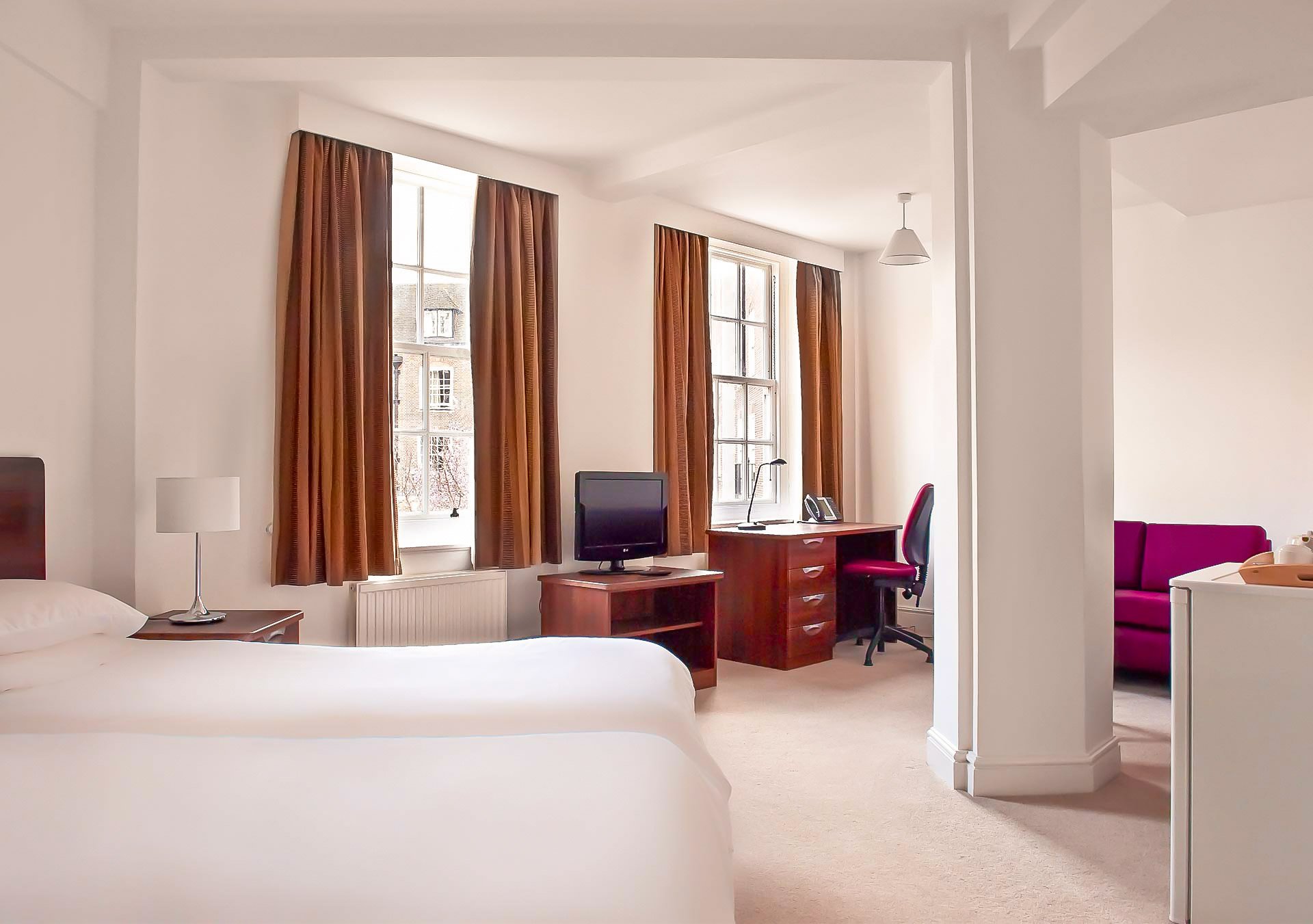Bologna is an Italian city with over 380,000 inhabitants, capital of the province and the region Emilia-Romagna. It is the seventh largest Italian city by population. An ancient university city, it is home to many students who enliven its cultural and social life. Famous for its towers and its long arcades, the city has a well conserved historical centre (one of the largest in Italy). Bologna is the city of the arcades with over 38km just in the historical centre. They can be found almost in every street of the city centre and their origin is partly attributed to the strong expansion that the city had in the late Middle Ages, when the city flourished and the university became an attractive pole for scholars and writers from all over Europe. In Piazza Maggiore there is the massive Gothic Basilica of San Petronio built for want of the Municipality. In the left aisle, on the floor, you can see the world's largest sundial, designed by the mathematician Giovanni Domenico Cassini and built in 1655. The Piazza Maggiore is home to the Neptune Fountain, the City palace and the Palazzo dei Banchi.
The main museums of the city are the Collezioni Comunali d'Arte, the Archeological Museum, the Medieval Museum, the National Art Gallery of Bologna, Morandi Museum, Museo Civico d'Arte Industriale Davia Bargellini, the MAMbo (Modern Art Museum of Bologna) and the Palazzo Poggi Museum.
Bologna has a long and rooted tradition in comics. Important comic artists of with international reputations were born here. The city often hosts important events, festivals and exhibitions such as Alma Jazz Festival, Angelica, ArteLibro, Art White Night, Biografilm Festival, Bologna Buskers Festival Pirata, Bologna Jazz Festival, Brasil Festival, Danza Urbana, Estragon Summerfestival, Far Game, Festa di San Petronio, Festival Internazionale di Santo Stefano, Festival of Festivals, Future Film Festival, Green Social Festival, Iceberg, Il Cinema Ritrovato, Il Salotto del Jazz, I-Day Festival, Le Parole dello Schermo, Netmage, Parata, Pilastrada, RoBOt Festival, Rocker Festival, Smell - Festival Internazionale dell'Olfatto, Sotto le Stelle del Cinema, Tortellino Day and Visioni Italiane.
Accommodation in Bologna's university residences
The Alma Mater Studiorum, University of Bologna, is considered the most ancient university of the western world. The date of its foundation has been conventionally established at the year 1088. The life of the city and of the University were intimately linked since the Middle Ages, which gave to the city the label of Bologna the erudite. Some of the university residences offer temporary accomodation to the visitors of the city during the holidays. This is designed especially for students and so guests should not expect a high luxury service. However, the residences reach an appropriate level of comfort for most guests and we are always open to receive feedback whenever is not that the case.
Getting to Bologna
Flow onto the node of Bologna: the A1, Milano-Firenze-Roma-Napoli; the A14, Bologna-Ancona-Taranto; the A13 Bologna-Padova. The density of traffic is one of the highest in Italy. Large rail node, with the belt line and with the main station, Bologna Centrale, one of the biggest station for passengers traffic.
The most important rail lines of the RFI are Bologna-Milano, Bologna-Ancona-Bari, Bologna-Firenze-Roma, Bologna-Verona-Brennero, Bologna-Venezia, Bologna-Porretta Terme-Pistoia and Bologna Portomaggiore. There is a bus and tram service, with urban, suburban and rural lines. There are night lines that operate in the city on regular basis during the night and other lines, called Night Bus, which operate in the week-ends.
